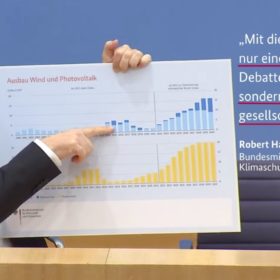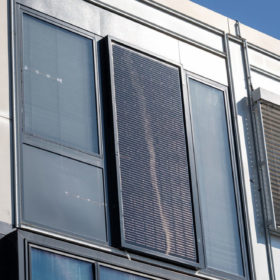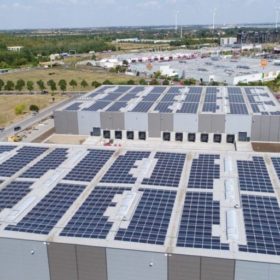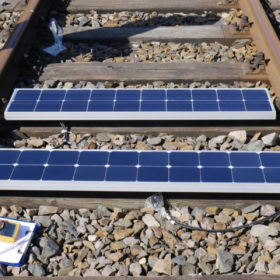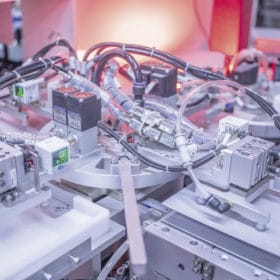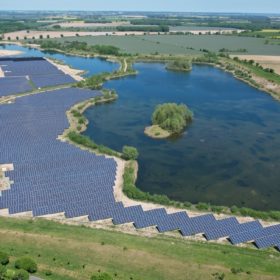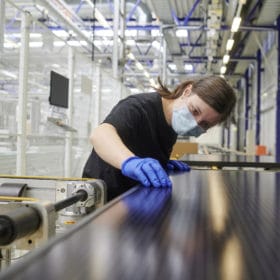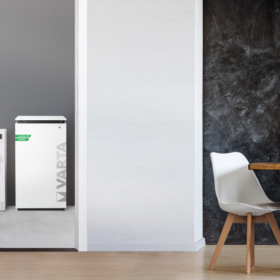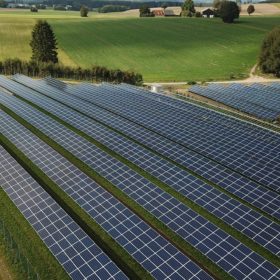New German government presents package of measures to support PV
The new package includes an increase in solar capacity, to be allocated through tenders, and the mandatory installation of PV systems in all commercial buildings.
PV-assisted heat pump module facade for power supply, heating, cooling, and ventilation
Designed by scientists in Germany, the module facade has to be integrated with a building’s technical equipment. The rooms behind the facade can be supplied with solar power and at the same time heated, cooled and ventilated.
Germany installed 410MW of PV systems in November
The newly installed PV capacity for the first 11 months of 2021 reached 4,844MW.
New EU state-aid guidelines exempt solar up to 1 MW from tendering process
In addition, the new CEEAG guidelines allow government and national authorities to hold tenders for specific technology applications, such as floating solar and agrivoltaics.
Solar for railways
Germany’s TÜV Rheinland is investigating how photovoltaics could be used for powering railway traction networks in a 14-month research project.
German PV equipment providers keep recovering, but uncertainties remain
German engineering association the VDMA has reported increasing orders and sales for PV equipment suppliers in the third quarter. China accounted for around 80% of PV production equipment demand during the period.
Developers sign PPAs for solar parks in Germany
RWE has signed a power purchase agreement with Enerparc for a 57 MW solar project, while a unit of Airbus has signed a deal with GP Joule for a 3.5 MW array.
Covid-19 forces Meyer Burger to reduce solar module output, increase panel prices for 2022
An above-average employee sickness absence is forcing the Switzerland-based solar panel manufacturer to slow down production until the end of January. Meyer Burger has also informed customers that the prices for its solar modules will rise in the coming year.
Varta releases residential battery with emergency power function
Varta’s Element Backup battery is available in three versions with storage capacities of 6.5 kWh, 13.0 kWh, and 19.5 kWh.
Germany’s tender for utility scale solar concludes with average price of €0.05/kWh
Around 512 MW of PV capacity was allocated by the German authorities in the procurement exercise.

